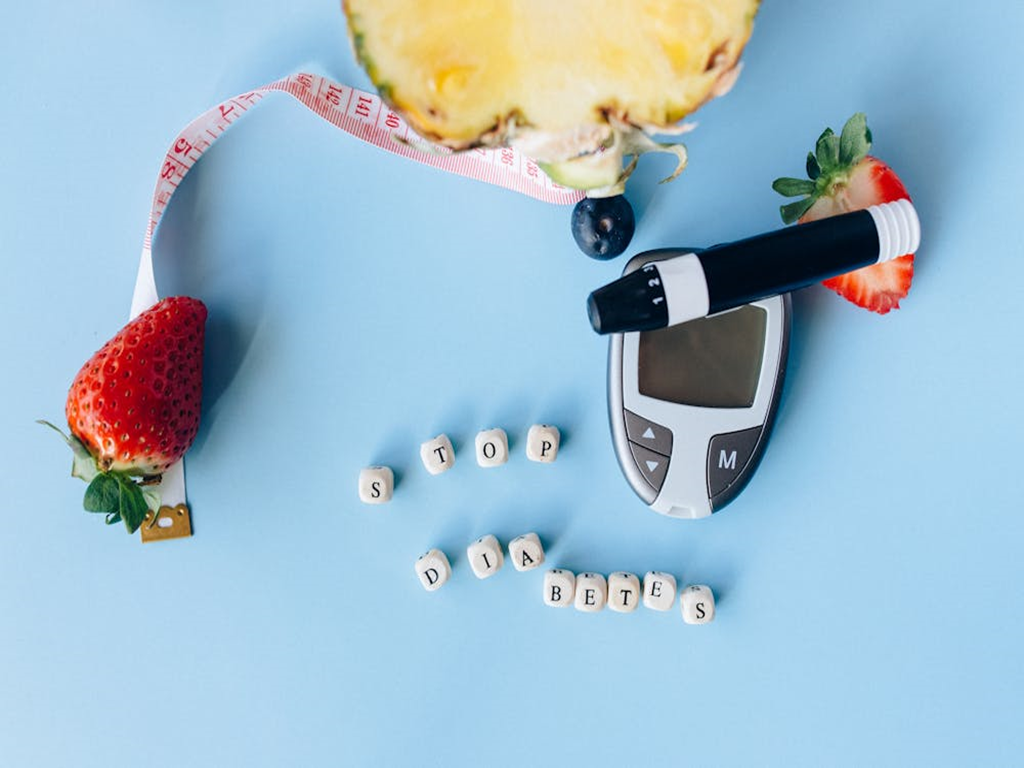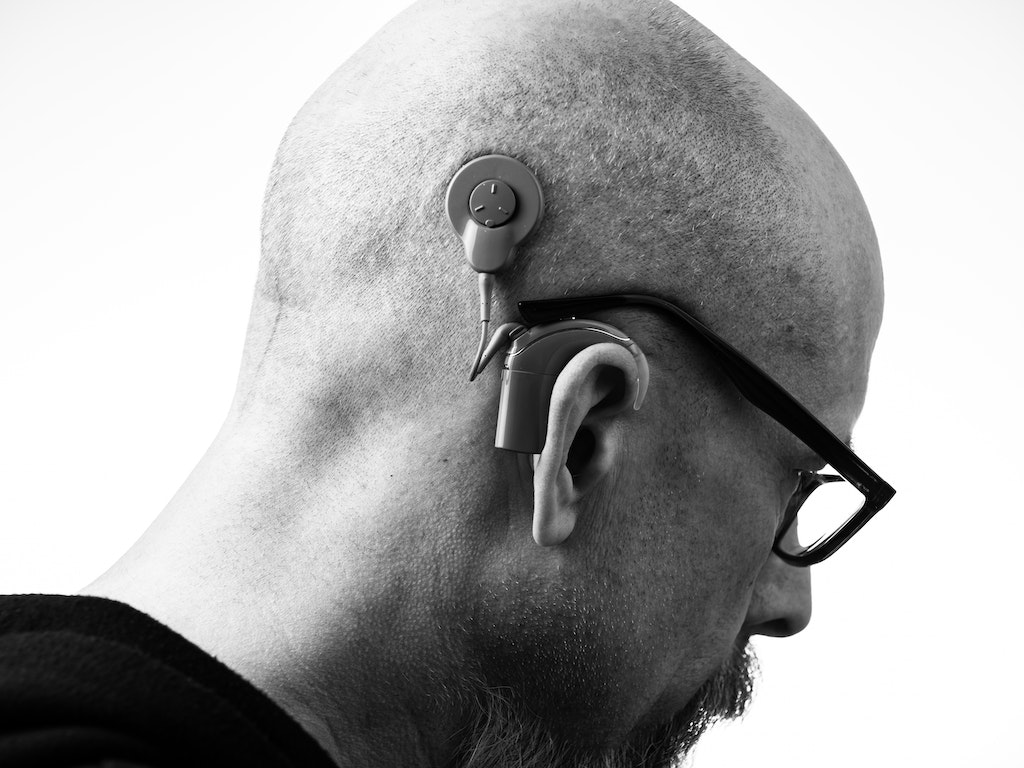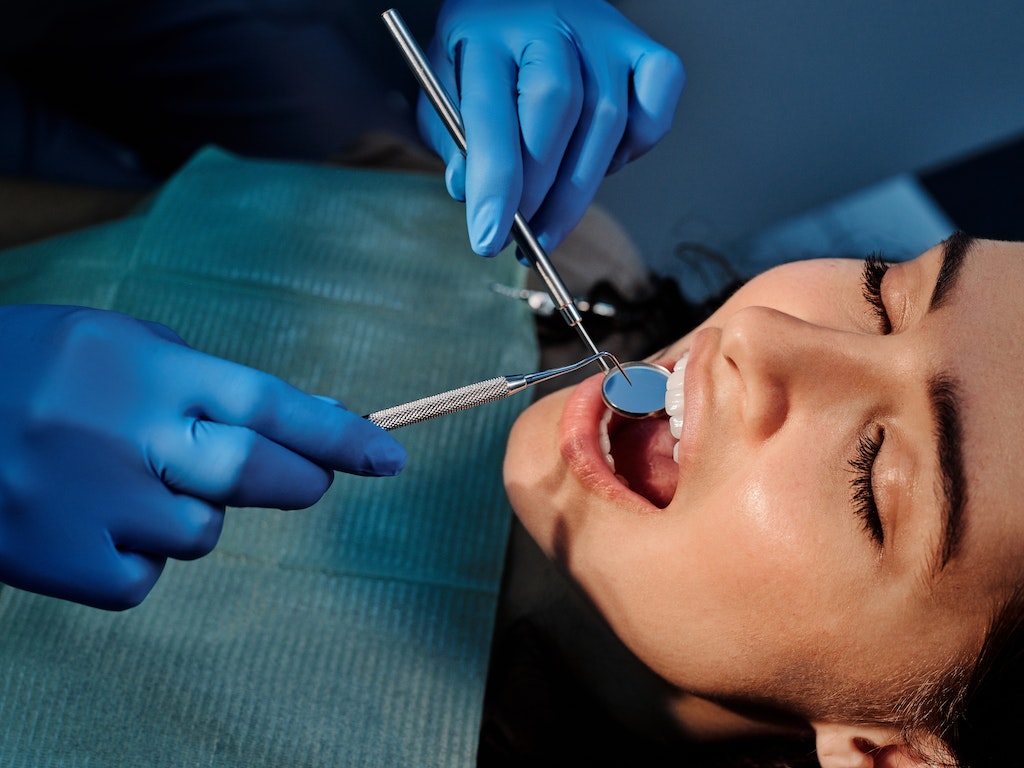
Psoriasis, a chronic autoimmune condition, affects millions of people worldwide, causing discomfort and impacting daily life. Recognizing its symptoms is crucial for early detection and effective management. Let’s delve into five common psoriasis symptoms in simple terms to help you identify and understand them better.
Red, Inflamed Patches
Psoriasis often presents as red, inflamed patches of skin. These patches can vary in size and may appear raised or swollen. They are usually covered with silvery-white scales, giving them a distinct appearance. These patches can occur anywhere on the body, but commonly appear on the scalp, elbows, knees, and lower back.
Silvery Scales
One of the hallmark symptoms of psoriasis is the presence of silvery-white scales on the skin. These scales develop as a result of rapid skin cell turnover, causing dead skin cells to accumulate on the surface. They may flake off easily and can be itchy and uncomfortable.
Itching and Irritation
Psoriasis can cause intense itching and irritation, especially in affected areas. The itching may range from mild to severe and can interfere with daily activities and sleep. Scratching the affected areas can further aggravate the skin, leading to increased inflammation and discomfort.
Dry, Cracked Skin
Psoriasis can result in dry, cracked skin that may bleed or feel painful. This symptom is particularly common in areas such as elbows, knees, and scalp, but can occur anywhere on the body. The skin may feel tight and rough to the touch, and moisturizers may provide temporary relief.
Nail Changes
Psoriasis can also affect the nails, causing changes such as pitting, ridges, or discoloration. In some cases, the nails may become thickened or detached from the nail bed. Nail psoriasis can be challenging to treat and may require specialized care from a dermatologist.






















